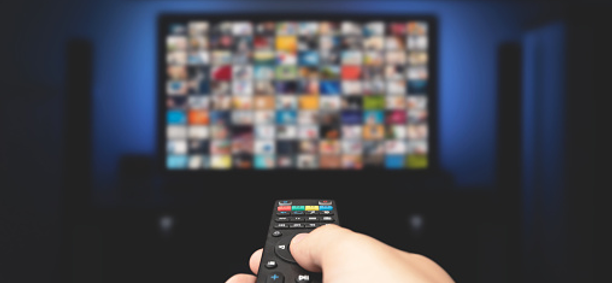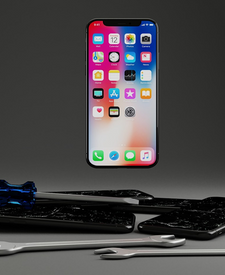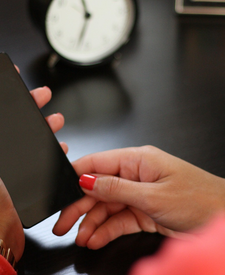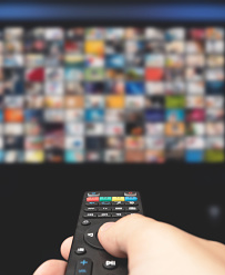Cable TV versus Satellite Providers
When you've just done settling into a new house, you've got a lot of issues to address. Some of them are straightforward, such as where you'll put your sofa in your existing house and where the dog's mattress will go. Others, such as selecting a television network, are more difficult.
Attempting to compare the multiple possibilities for your TV—and choosing the one that is the best match for your requirements and budget -- is always an easy task for all of the alternatives open. Choosing a TV provider, whether you're moving into your first or fifteenth home, can be a challenging task.
This guide will help you to make considerations.
What’s in for Cable TV? - With the best Cable TV alternatives
Coaxial cables relay radio frequency signals, which are used to provide content to cable TV customers. This necessitates the purchase of a cable modem, a control, and, most likely, the hiring of a skilled installer to walk into your residence and mount the device.
Due to its dependability (unlike satellites, cable TV will not go out during a downpour), reliability, coverage, and availability, cable TV remains the most common service category. Roughly, 89 percent of U.S. residents have access to cable TV. Furthermore, most cable providers still have internet and personal telephone service, rendering bundling a convenience.
Despite cable's widespread scope, you must ensure that providers are available in your region. A television supplier's communication range is less likely to include rural areas.
When it falls to picking a TV network, it all boils down to what you'd like to watch. When it comes to cable TV, generic cable bundles differ from organization to organization and location to location. Unlike streaming, however, you won't need a connection to the internet to sign in to your television, and you'll have more exposure to regional content.
What about Satellite Programs?
Satellite TV broadcasts transmissions from communications satellites to receivers known as "satellite dishes," which relay programming to viewers wireless communication. This type of service necessitates the deployment of a dish on your rooftop and a receiver within your house by a specialist. This form of network is well-known for its accessibility, with established distribution almost everywhere. It's a perfect option for people who live in rural communities and don't have access to broadband or stable connectivity for streaming. Satellites are also likely to provide more HD and 4K programming (i.e., scripting with better image resolution) due to the technology's increased transmission capabilities.
Thunder, dense weather covering, and other forms of strong winds may cause power losses on satellite TV.
Is Cable TV dying?
The decline in cable television subscriptions reflects the dynamic generation of communication and media in an age of "online streaming," particularly as streaming video platforms such as Netflix and Hulu have gained prominence.
According to a recent Pew Research Center survey of U.S. adults, the percentage of Americans who watch tv via satellite or cable has dropped from 76 percent in 2015 to 56 percent this year. 71% of those who don't have cable or satellite claim it's so they can get the information they want on the internet. While 69 percent believe the cost of cable and satellite services is too heavy, and 45 percent do not watch television frequently.
Every cable, satellite, and live TV streaming service brags about how many outlets they have to sell as evidence of their superiority. However, those raw figures are almost always backed up by a couple of silliness. Well, read out the honest reviews about the tv providers.



















